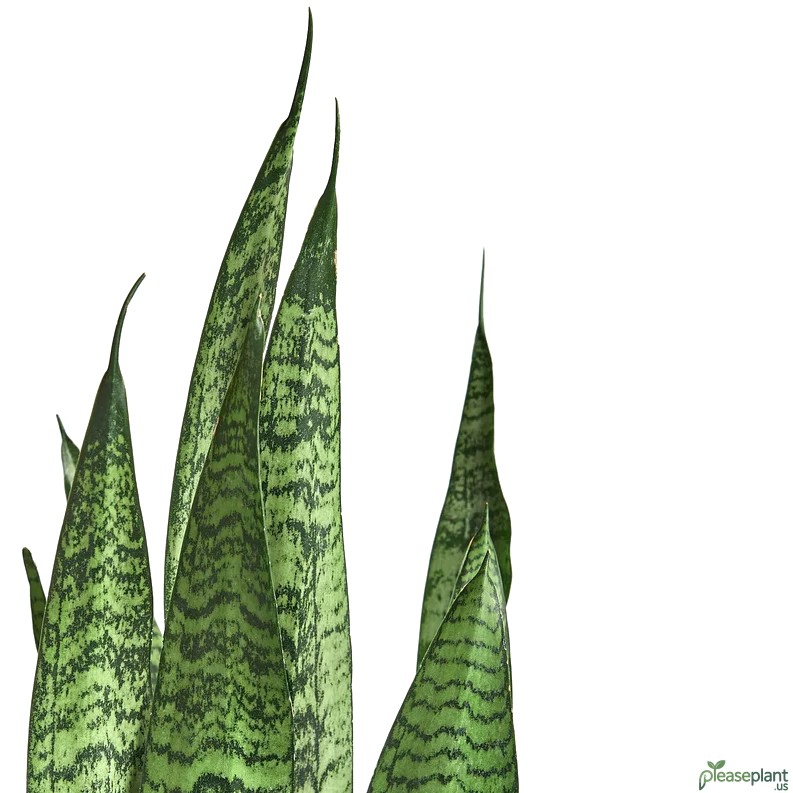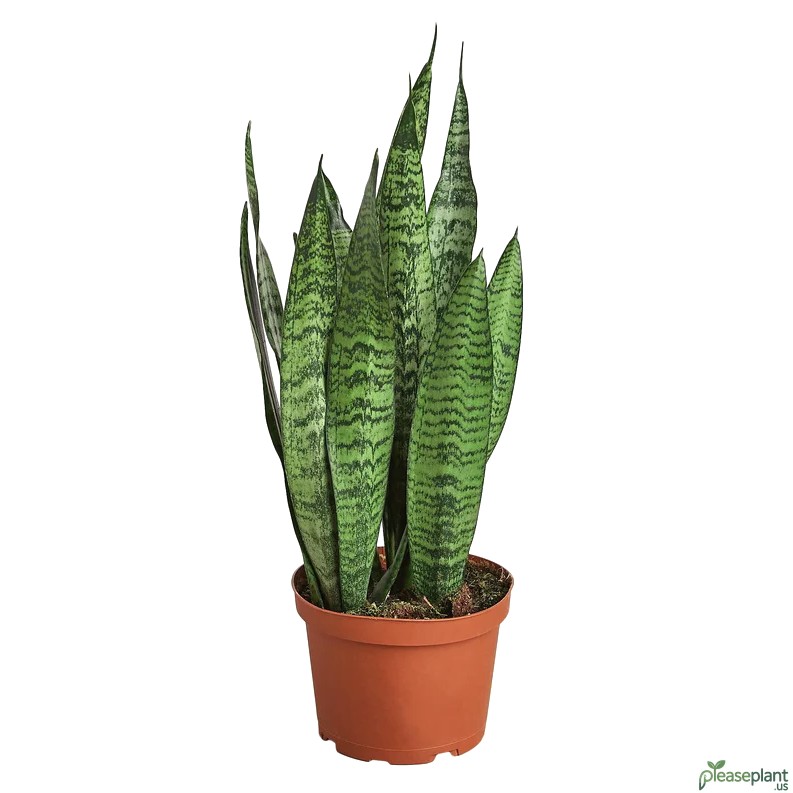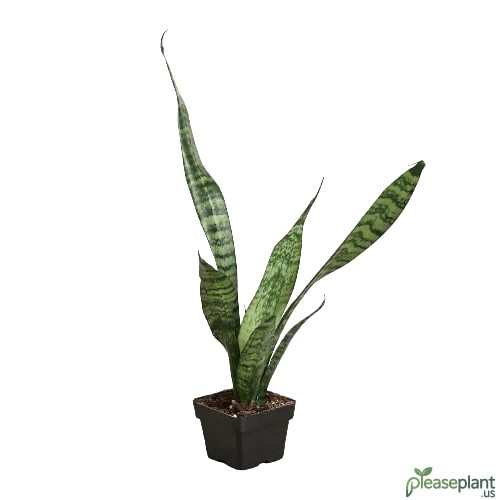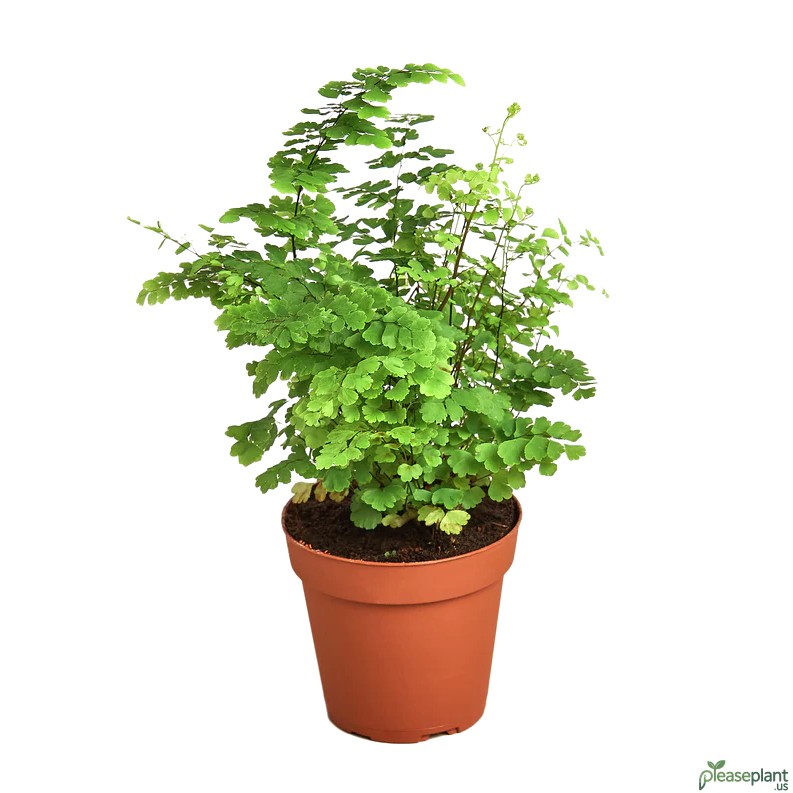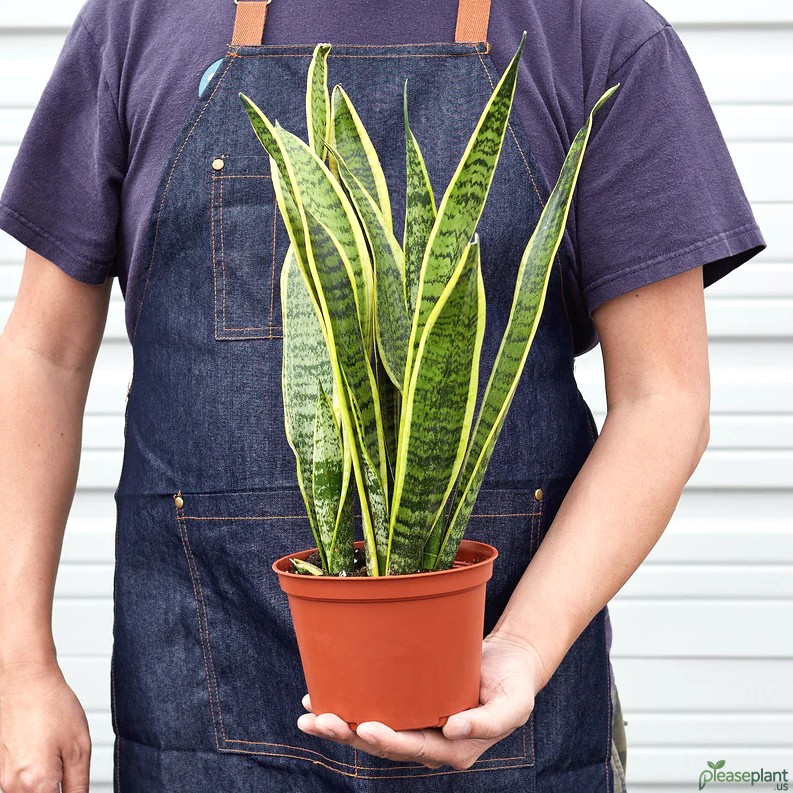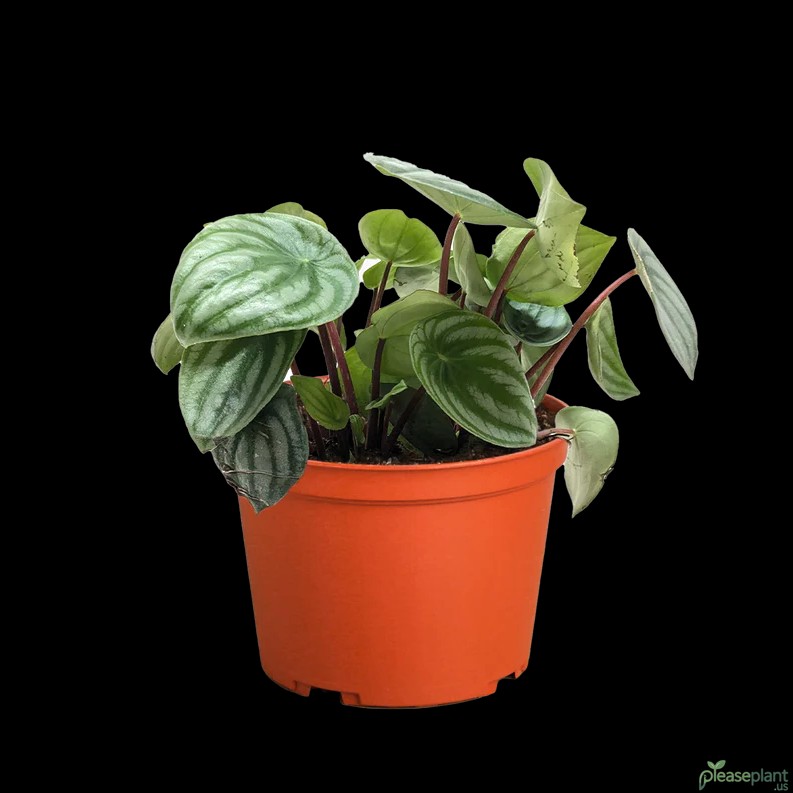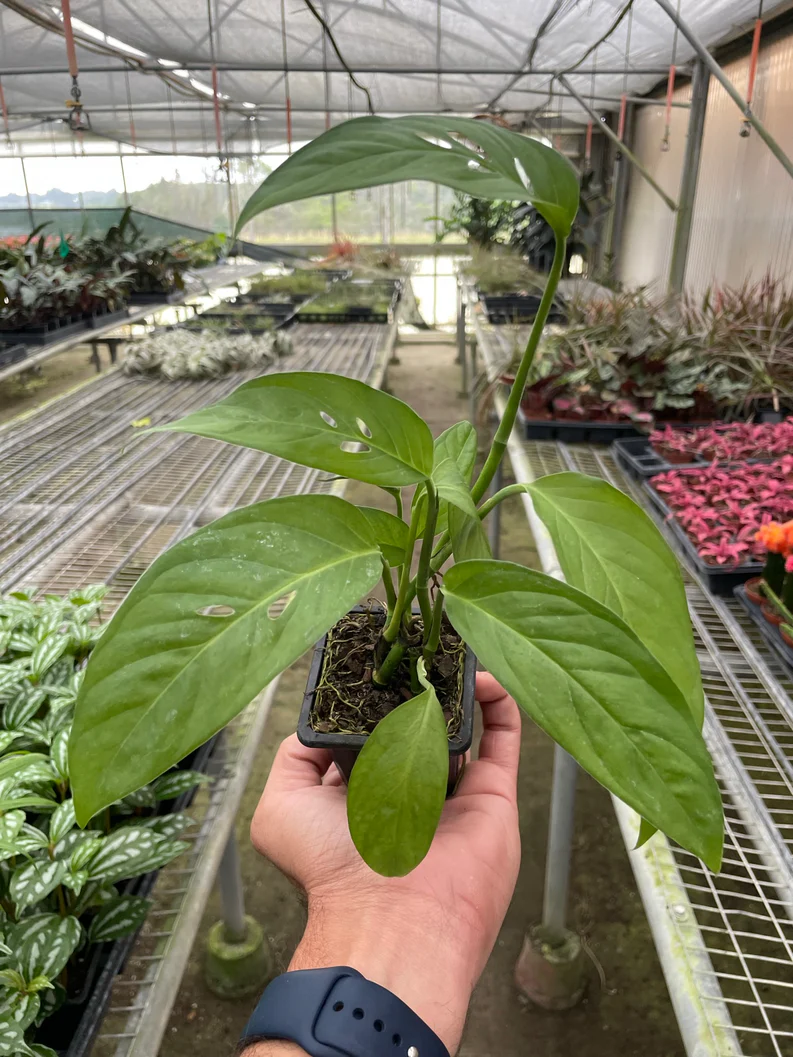You might have heard urban legends about plants cleaning your air, but the Snake Plant - Zeylanica isn't just a pretty face. NASA's study actually backs up its reputation as a natural air purifier. It’s not just an ordinary houseplant; it’s a green warrior fighting toxins while you’re chilling at home. In this article, I'll share what I learned about this tough, easy-care plant and why it deserves a spot on your windowsill or desk. Let me tell you, it’s more than just a decoration—it’s a breath of fresh air, literally!
Let me tell you about the unsung hero of indoor plants
Back when I first stumbled upon the Snake Plant - Zeylanica, I thought it was just another spiky green thing you see in every office lobby. But turns out, NASA gave it a thumbs-up for cleaning indoor air. Yeah, they actually ran tests and found out it can filter out nasty toxins like formaldehyde and benzene. Not bad for a plant that looks like it's straight from some sci-fi movie, right?
What makes Snake Plant - Zeylanica so special?
First off, this plant is tougher than your average green buddy. It can survive in low light, doesn’t demand much water, and can handle some neglect (like that time I forgot to water mine for a month... oops!). What really blew my mind is that it performs photosynthesis even at night, unlike most plants. This means it keeps pumping out oxygen when you’re asleep, helping you breathe better all night long.
NASA’s air-cleaning study: not just hype
NASA’s research wasn’t just a one-off thing. They tested several plants to find out which ones actually scrub the air of harmful chemicals indoors. The Snake Plant - Zeylanica came out as a top contender because it absorbs toxins through its leaves and roots, acting like a natural air filter. So, if you’re living in a city with crappy air quality or just want your home to feel fresher, this plant is like a tiny green machine working 24/7.
But hey, it's not all perfect
Don’t expect this plant to fix every air problem in your house. Sure, it helps, but it’s not a miracle worker. Also, watch out if you have pets; the Snake Plant is mildly toxic if chewed on. Another thing is, it grows slow, so if you’re imagining a jungle in a month, you’ll be disappointed. But for a hassle-free air purifier that looks cool and requires almost no babysitting, it’s hard to beat.
How to keep your Snake Plant happy
Keep it in indirect sunlight or even a shady corner; it’ll survive. Water it sparingly—once every couple of weeks is enough. Overwatering is the real enemy here and can rot the roots. And if you want it to grow a bit faster, a light dose of fertilizer during spring helps. I’ve found that even in a tiny pot on my desk, it brightens up the space and makes the air feel cleaner.
Final thoughts on the green air cleaner
All in all, the Snake Plant - Zeylanica is like that quiet friend who doesn’t brag but always has your back. NASA confirmed its air-cleaning powers, but beyond science, it’s a charming, low-key addition to any room. So if you’re after a plant that’s both practical and pretty, don’t sleep on this one. It’s no show-off, just quietly doing its job, making your space healthier one leaf at a time.

